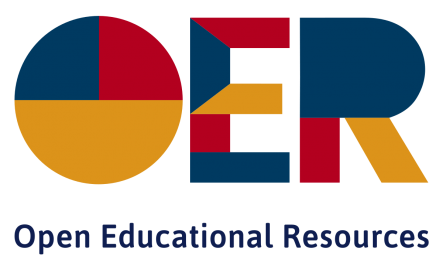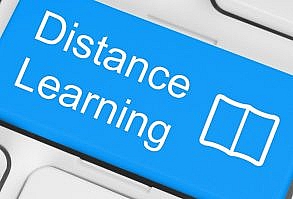Open educational resources (OER) are defined as “learning, teaching and research materials in any format and medium that reside in the public domain or are under the copyright that has been released under an open license that permits no-cost access, re-use, re-purpose, adaptation and redistribution by others” (UNESCO, 2020, p.176). They are shared, modified, and freely accessible thru learning networks. They are served in the public domain, permitting reuse, adaptation, and redistribution with an open license. UNESCO supports the OER model since developing countries with poor resources provide a better quality of education for people with different socioeconomic backgrounds.
As a result of the advancements in technology and access to knowledge via ICT, the open access movement emerged. In 1991, xrXiv.org initiated the first online archive for physicists. US National Medical Library also emerged in 1997. In 2001, MIT announced that they had shared most of the courses on a website and made the resources available to everyone.
The William and Flora Hewlett Foundation has supported MIT OpenCourseware since 2001 to support scientists, authors, and educators to mark the freedom level of their works as they desire.
Wiley (2010) defines the 5R framework to practice when accessing OER with the CC licenses as (1) retaining the original work, (2) reusing without changing the materials, (3) revising content by adoption, modification, improvement, and change, (4) remix the original materials with the others to create new content, and (5) redistribute the revised versions.
Open educational resources diverge from open learning in that they focus on content rather than educational services, such as specifically developed online materials, built-in student assistance, and evaluation.
Falconer (2013) found the following in a study of prospective users’ perceptions about OER across Europe:
The ability of the masses to participate in the production of OER – and a cultural mistrust of getting something for nothing – give rise to user concerns about quality. Commercial providers/publishers who generate trust through advertising, market coverage, and glossy production, may exploit this mistrust of the free. Belief in quality is a significant driver for OER initiatives, but the issue of scale-able ways of assuring quality in a context where all (in principle) can contribute has not been resolved, and the question of whether quality transfers unambiguously from one context to another is seldom [addressed]. A seal of approval system is not infinitely scale-able, while the robustness of user reviews, or other contextualized measures, has not yet been sufficiently explored.
There is also a lot of misunderstanding between the terms “free” and “open,” which is exacerbated by the absence of clear license information on many OERs. For example, Coursera MOOCs are free, but not ‘open’: reusing the content in most Coursera MOOCs in your own classroom without permission is a copyright violation. The edX MOOC platform is publicly available, which implies that other institutions may use or modify it, yet even on edX, universities prefer to maintain copyright. On both platforms, however, there are special cases: a few MOOCs have an open license.
Shortcomings of open educational resources
- Lack of standardization and specification
- Lack of consistent search opportunities
- Intellectual property rights and copyright issues
- Quality assurance
- Technical challenges
- Language used in OERs
- Scope of the resources
OER in Practice
Further resources
- 10 Open Educational Resources You Should Know About
- Quick list of open educational resources examples
- Open educational resources (OER)
References
Falconer, I. et al. (2013) Overview and Analysis of Practices with Open Educational Resources in Adult Education in Europe Seville, Spain: European Commission Institute for Prospective Technological Studies
Hilton III, J., Wiley, D., Stein, J., & Johnson, A. (2010). The four ‘R’s of openness and ALMS analysis: frameworks for open educational resources. Open learning: The journal of open, distance and e-learning, 25(1), 37-44.
Please feel free to contact me if you need any further information.





